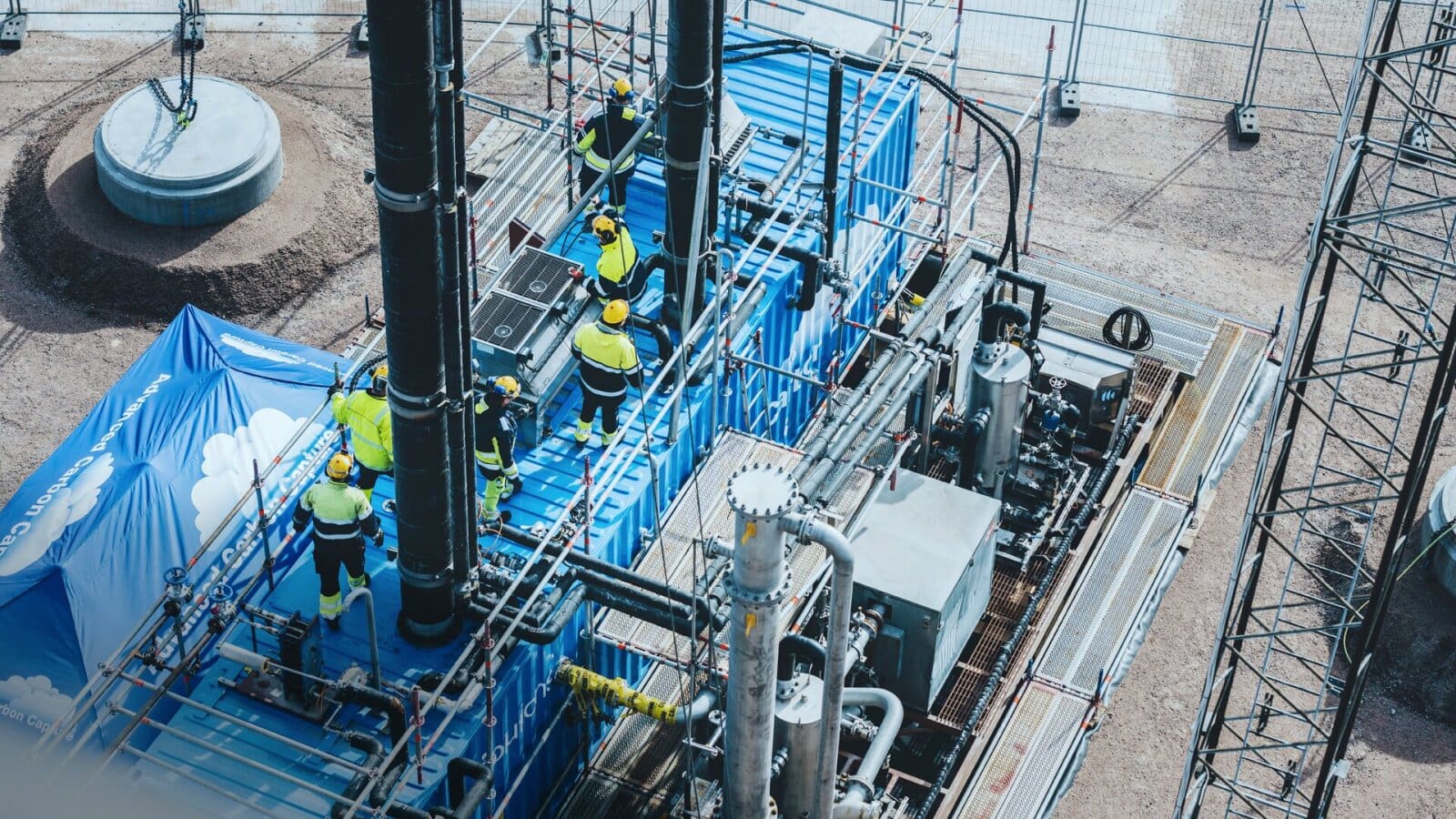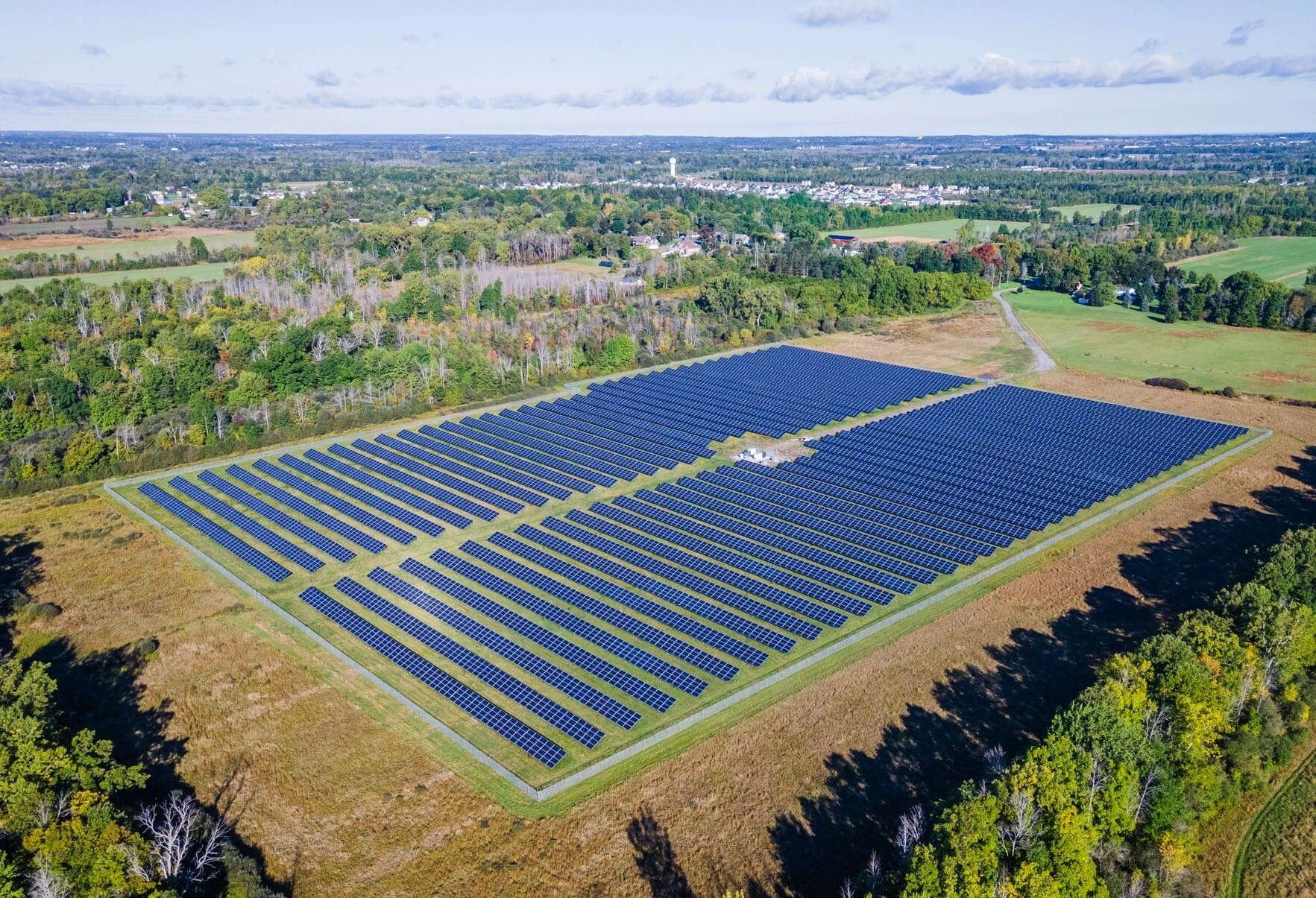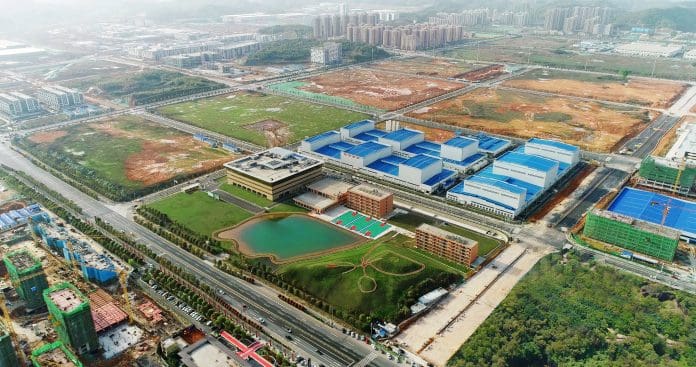
BASF, the largest multinational chemical company in the world, announced two major partnerships. The first is a joint venture with Hunan Shanshan Energy (Shanshan) to serve the largest battery materials market in China. The second is a cooperation with RWE on new technologies for climate protection, mainly in the wind energy industry.
Growth In The Electric Vehicle Market
BASF and Shanshan, a lithium-ion battery materials supplier that serves the e-mobility and consumer electronics market, grants BASF access to the Chinese cathode active materials (CAM) market. The BASF majority-owned joint venture (51% BASF and 49% Shanshan) will produce CAM and precursors (PCAM) in China. The deal is expected to close later this summer following regulatory approval.
BASF already has an existing CAM business, which supports lithium-ion battery technology used for electric vehicles (EVs). Lithium-ion battery cells contain a cathode and an anode charge. The cathode contains a pure mixed-metal oxide made of lithium.
According to BASF, the composition of the cathode in terms of purity and crystal structure will impact the battery’s life. By partnering with Shanshan, BASF expands its global footprint and beefs up its cathode active materials supply chain. In 2020, China registered 41% of the world’s EV sales and remains the market leader in the space.
In return, Shanshan benefits from BASF’s global automotive customer network, strengthening its competitiveness in the Chinese market.
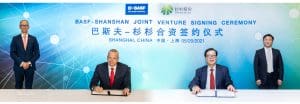
Increased Focus In China
By forming the intended joint venture in China, BASF further strengthens its position in Asia to build up an integrated, global supply chain for customers in China and worldwide, increasing its annual capacity to 176,370 tons (160,000 tonnes) by 2022, with further expansions underway.
Shanshan has a comprehensive product portfolio that covers the main categories of the CAM and the corresponding PCAM used in lithium-ion batteries. It has formed a business value chain including raw materials, PCAM, CAM, and battery recycling. Shanshan operates four production sites for CAM and PCAM with an annual capacity of 99,208 tons (90,000 tonnes) by 2022.

“I am pleased that BASF is joining forces with Shanshan, a cathode materials leader in China,” said Dr. Markus Kamieth, member of the board of executive directors of BASF SE. “Our joint venture will complement BASF’s global battery materials footprint while increasing our customer proximity. By combining BASF’s and Shanshan’s expertise, we will accelerate the electrification transformation of the transportation industry.”
“BASF has had broad and long-standing collaborations with global automotive OEMs [original equipment manufacturers] and powerful brand impact,” said Yonggang Zheng, chair of Shanshan. “Through the partnership with BASF, Shanshan will further strengthen the competitiveness in the Chinese market and accelerate the integration into the global market by providing high-quality services and products to customers in China and around the world.”

“I am excited about this breakthrough partnership bringing two powerhouses in the battery materials market together,” said Dr. Peter Schuhmacher, President of BASF’s catalysts division. “Our combined innovation and technology expertise will provide our customers with incomparable competitiveness on innovation, customer proximity, and cost.”
“This partnership will complement our R&D [research and development] and product portfolios. The integration of BASF’s and Shanshan’s supply chain and customer resources will further enhance the competitiveness of the intended joint venture and enable it to be one of the world’s leading suppliers of CAM,” said Zhihua Li, president of Shanshan.
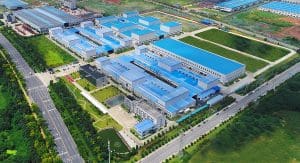
How The Expansion Into China Fits In With BASF’s EV Footprint In Asia
BASF has continued to develop its global footprint focusing on customer proximity, enhancing its product portfolio competitiveness, and securing sustainable raw materials supply. Under the formed joint ventures with TODA in Japan and the United States, BASF has already established itself as a leading high-energy-density CAM manufacturer in Asia and North America. In Europe, BASF is investing in CAM capacities in Germany and PCAM capacities in Finland. The joint venture with Shanshan, one of the leaders in the Chinese CAM market, will make BASF the first company with capacities in all major markets by 2022.
Renewable Industrial Production
On the other side of the globe in Ludwigshafen, Germany, BASF is partnering with RWE, a power generation, building storage system, and energy trading company, to make industrial production sustainable. BASF’s Dr. Martin Brudermüller and RWE’s Dr. Markus Krebber are envisioning a 2-GW offshore wind farm that can power the Ludwigshafen chemical site with green electricity and enable CO2-free production of hydrogen. The aim is to electrify the production processes for basic chemicals, which are currently based on fossil fuels.
The project will involve utilizing CO2-free technologies such as electrically heated steam cracker furnaces to produce petrochemicals. BASF is already working with partners on developing these technologies. To advance the joint project, the CEOs of BASF and RWE have signed a letter of intent covering a wide-ranging cooperation for the creation of additional capacities for renewable electricity and the use of innovative technologies for climate protection.
“Together, we want to accelerate the transition to a CO2-neutral chemical industry through electrification and through the use of CO2-free hydrogen,” said Brudermüller and Krebber. “Here, two strong partners are making climate-friendly transformation and energy transition tangible and concrete,” said Michael Vassiliadis, chair of the Mining, Chemical, and Energy Industries Union (IG BCE). “We stand behind this major project because it can be a symbol for the innovative power of industry and its employees. In many places, they are working with great passion and expertise to shape the transformation. They deserve all the support they can get.”
Environmental Impact
According to BASF, these plans could result in the avoidance of around 4.2 million tons (3.8 million tonnes) of CO2 emissions per year, of which 3.1 million tons (2.8 million tonnes) would be realized directly at BASF in Ludwigshafen. The project shows how climate protection and competitiveness can be harmonized in the chemical industry. According to BASF, no public subsidies would be needed for the construction of the wind farm.
“Without the availability of sufficient volumes of electricity from renewable sources at competitive prices, our future transformation will not be possible,” said Brudermüller. “This task is only achievable with innovative and intensive cooperation between politics and industry. And it requires collaboration across the value chains. In our partnership between RWE as a leading company in power generation and BASF in chemicals, we bring together the necessary prerequisites and the will to shape things.”
“Coupling a new offshore wind farm already in the planning stage to an industrial customer such as BASF, who will convert its production to green electricity and hydrogen on this basis, would be a first for Germany,” said Markus Krebber, CEO of RWE. “The realization of our proposal would represent a true acceleration of the expansion of renewable energies. Of course, there are still some open questions, but we want to push this forward – the faster, the better. This is how we will shape the energy transition.”
Regulatory Hurdles Persist
BASF notes that realizing this plan will require a suitable regulatory framework. Policymakers have said they plan to significantly increase the expansion targets for renewable energies and accelerate capacity additions. For this to succeed, there will need to be a tendering process for offshore project sites where the current plans only foresee use after 2030. The companies instigate that these sites should be specifically designated for tenders focused on industrial transformation processes. BASF believes that another important factor, green electricity, should not be subject to EEG levy. In Germany, there is currently no regulatory framework for CO2-free hydrogen production.
BASF and RWE’s project could show how a cleverly planned transformation of Germany’s industrial sector can succeed. “We are convinced that climate-neutral industrial production made in Germany ensures that value is added and employment remains in Germany and opens up export opportunities for new technologies,” said Brudermüller and Krebber.











